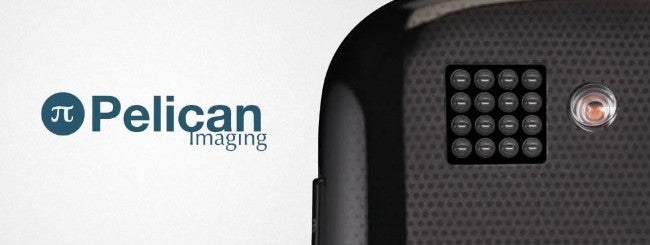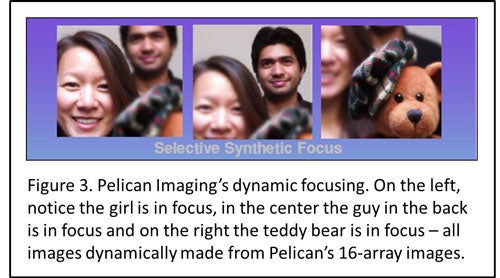Pelican Imaging's 16-lens camera could arrive in Q1-Q2 2015: "digital imaging has run out of gas"


Additionally, the 16 lenses capture a full depth map, so a single image shot on Pelican’s camera contains information about the position of each object. You can even learn the distance between two objects on a photograph shot on Pelican. Imagine the possibilities for architects, or say, interior designers wondering whether that sofa would fit in a particular space.
The full depth map, however, has one huge other use. Having a full 3D image means that it can be easily used to create a printable 3D model of the object you photograph. Imagine being able to just snap a picture of something, run it through a 3D printer, and then have a small figurine of your photograph! That’s exactly the field where Pelican hopes to find shared excitement with device manufacturers.
Pelican’s camera is also capable of capturing HDR video, using the stream from all 16 lenses and combining it into a single one with higher dynamics.
All of that requires a huge amount of computing power, but good news is that it already runs on today’s generation of, say, top-shelf Snapdragon chips. "There's no question that, much like digital took over from film photography, computational imaging will take over from standard digital imaging. Digital imaging has run out of gas," Pelican CEO Pickett said earlier in an interview. All it takes is to have it implemented in a real device. Are you excited about that possibility?

source: GeekBeatTV

source: GeekBeatTV
Follow us on Google News












Things that are NOT allowed:
To help keep our community safe and free from spam, we apply temporary limits to newly created accounts: